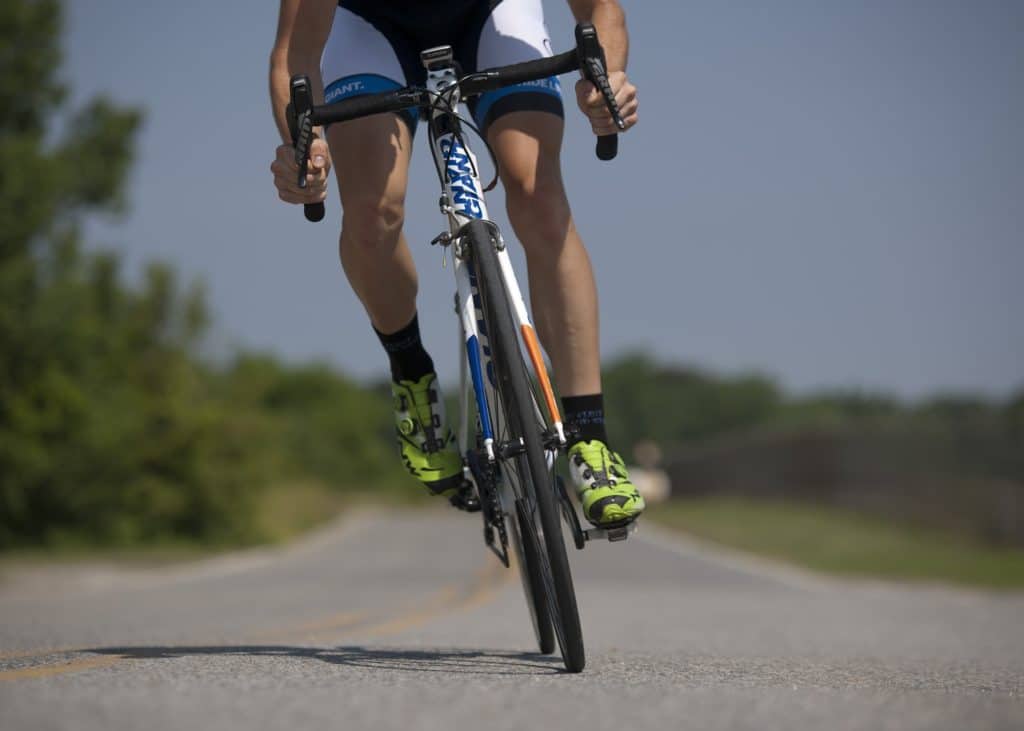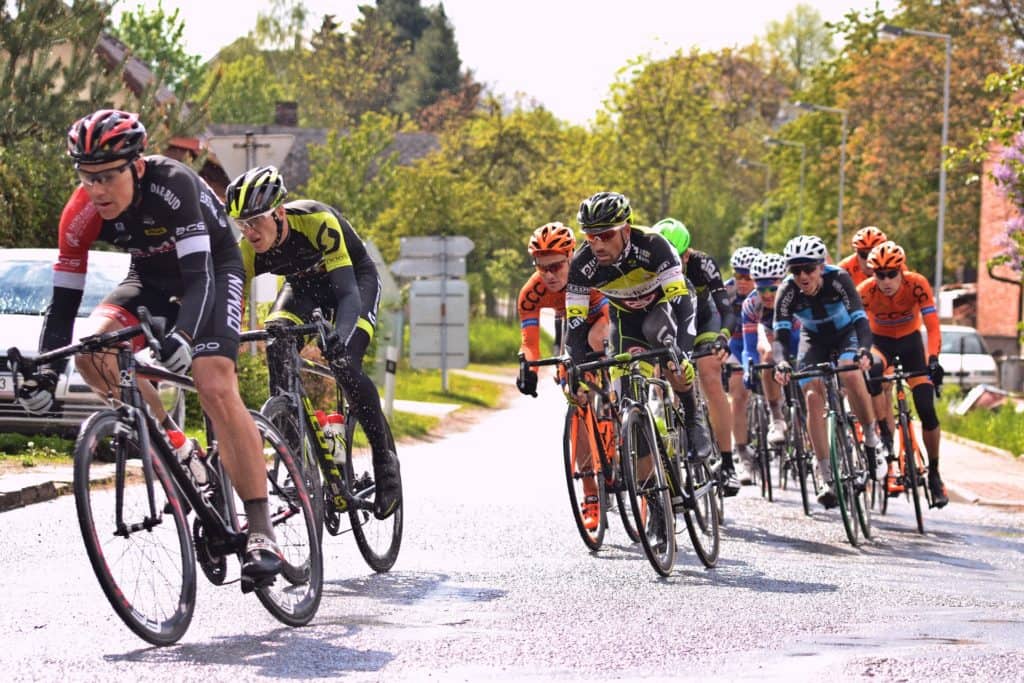The most common Cycling FAQs
Cycling is a popular pastime for many adventure lovers, but also for people looking for an economical way to commute back and forth to work, as well as people who just want to enjoy a Sunday ride through the park. Cycling is great for your endurance, health, and it can improve your mood and reduce anxiety. There are many reasons why someone would want to get into cycling, but before you do, there are a few things you should know to ensure you are properly prepared. Doing so will help you get the most out of your adventures, commutes and more.

What are the general rules of the road for cyclists in Australia?
Australia works hard to make the road safe for cyclists to share it with motorists. Whenever possible, if you are riding a bicycle, you should stay in the cycling lanes that have been marked for your safety. If it is unsafe for you to do so, it is acceptable to ride on the road to avoid the barricade or accident that is causing you to have to ride outside the marked areas. The law requires that you wear a helmet to protect yourself while riding on roads. There are some instances when a cyclist can turn onto a road when a vehicle can’t, so it’s important that you familiarise yourself with the rules of the road before heading out.
Which type of bike is best for you?
There are as many types of bikes in the world as there are types of people, which can add to the difficulty in trying to find a bike that not only suits your transportation needs but looks and feels great too. When you decide that cycling is something you’d like to try, you’ll want to test drive a few different types of bikes. There are road bikes, cruising bikes, electric bikes, mountain bikes, off-road bikes, trail bikes, commuter bikes and more. Doing your homework is going to make all the difference, so take your time and get the bike that is best for you.
What about safety gear?
In addition to choosing the type of bike that is going to be best for you and your needs, you’ll need to get a properly fitting helmet. The only way to know if a helmet fits properly is to try it on! If you are ordering a helmet online, make sure to take proper measurements of your head in order to get the helmet that is the right size for you. In addition, you’ll want to opt for some properly fitting clothing to make your cycling experience more enjoyable. Wearing baggy clothes on a bicycle can spell disaster because your pants can become entangled in the chain of the bike; if possible, invest in a tight fitting pair of bicycle pants or shorts for your ride time.

Proper techniques for riding a bicycle
You might think that riding a bike is easy, but it takes a great deal of coordination and concentration to ensure your safety and the safety of those around you. Before you head out on your new bike, make sure that it is properly fitted for your size. This means you might have to adjust the height of the seat to make sure you don’t injure yourself. Your knees should not come up to your chest - you may have seen people riding bikes like this. It’s hazardous to your health, and you can’t go for long periods of time like that. Make sure you aren’t slouching and refrain from curving your back. Your handlebars should be up high enough that you don’t have to reach over the bike to grasp them. In addition, make sure to use proper hand signals when you are in traffic to avoid a collision or accident.
What are some common terms used in cycling?
- All-rounder: someone who can ride cycles in a variety of terrains
- Attack: to accelerate quickly from behind and overtake an opponent in racing
- Bidon: a water bottle
- Booties: fabric covers to keep your feet and shoes dry during rain
- Bunny hop: a trick to make the bike jump
- Drop: a steep section of terrain
- Endo: short for “end over end” when a cyclist goes over the handlebars of the bike
- Fork: part of the frame that holds the wheels
- Limit: Australian term for first riders to depart in a handicap race
- Handicap: style of road race in Australia where riders leave the gates at different times
- MAMIL: short for “middle-aged man in lycra”
How can you avoid crashing?
One of the easiest ways to avoid an accident is to limit your speed in unfamiliar areas. If you are new to cycling, every area will be new to you, so take your time becoming familiar with the terrain. Learn and obey the rules of the road for cyclists - you need to treat your bicycle as if it were a motorized vehicle and make sure you understand other motorists obligations and responsibilities with relation to having bikes on the road. Finally, use the tools you have: signal whenever you turn, use mirrors and bells on your bike to anticipate moves and traffic, and to signal to someone ahead that you are coming their way. Stop at intersections, and avoid cycling in bad weather. Even with the proper equipment and tires, you can’t anticipate how your bike will perform or how vehicles will react to poor visibility due to rain, fog, or other weather conditions that create low visibility conditions.
Planning your route, knowing the terrain, understanding the rules of the road, and ensuring your bike is the right size and fit for you can help keep you safe on the road and help ensure the safety of those around you. Cyclists have to share the road with vehicles and vice versa. Make it easier to do so by doing your part to keep yourself and those around you safe.
If you are looking to get started in cycling, or if you are a seasoned rider, be sure to check out Yakima’s wide selection of mountain bike accessories and more!
Last updated: 22nd December 2017